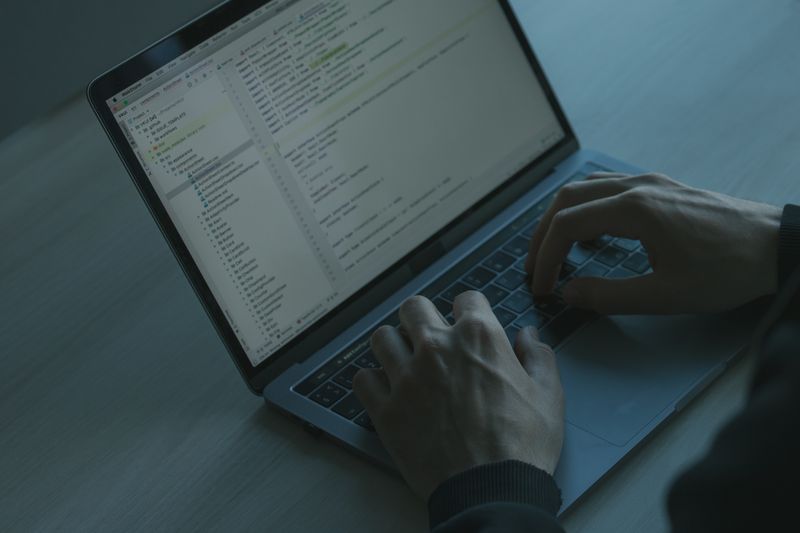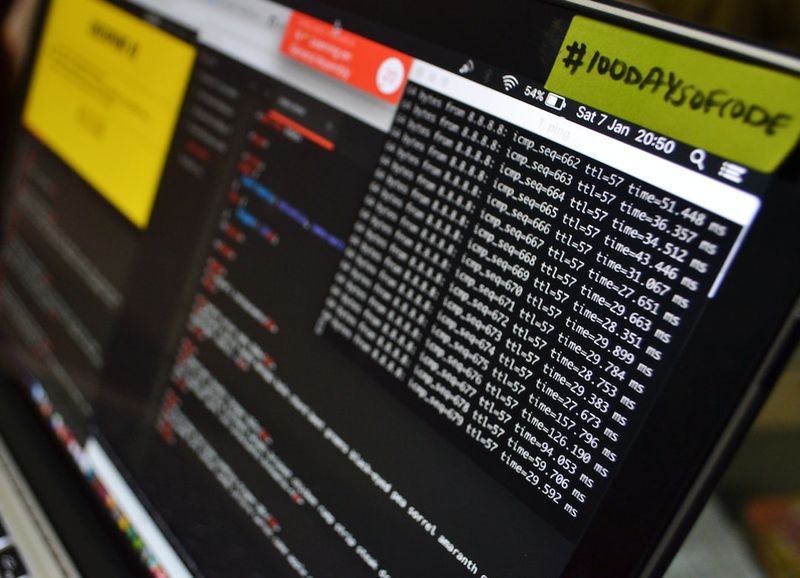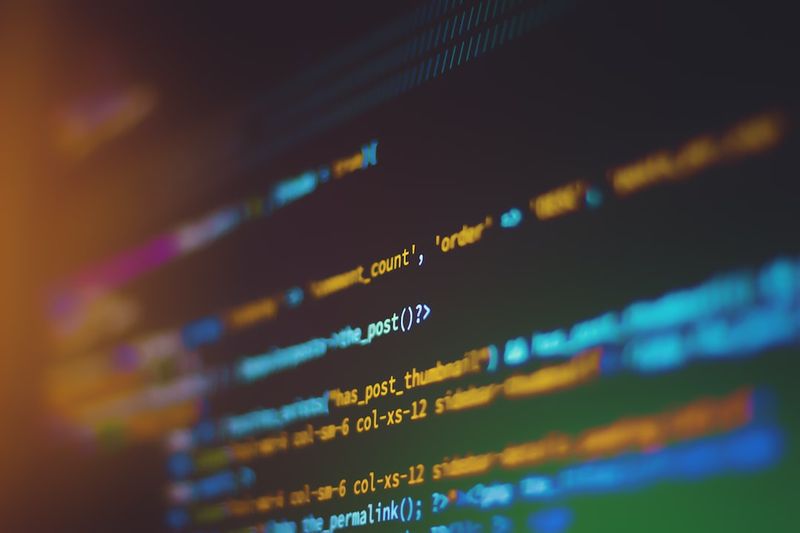Cybercrime Group Responsible for MGM Hack Expands Targets and Monetization Strategies
A financially motivated hacking group, known as UNC3944 or 0ktapus, that was responsible for the recent hack on MGM Resorts, has been widening its scope of targets and diversifying its methods to monetize its activities. The group has targeted at least 100 organizations, primarily in the United States and Canada. Originally known for engaging in SMS phishing campaigns (smishing), they have now expanded their skills and tools to include ransomware deployment, which can be highly profitable. They have been observed using the ALPHV (BlackCat) ransomware in some attacks and are expected to utilize other ransomware variants in the future. Additionally, it is believed that they may incorporate other monetization strategies to maximize their profits.
Evolution of Tactics
UNC3944 has been active since late 2021, primarily using smishing techniques to obtain valid employee credentials. They then impersonate targeted employees when contacting the victim organization’s help desk to obtain multi-factor authentication codes or reset account passwords. During these calls, the group provides various types of verification information, such as personally identifiable information (PII), employee ID, and username, to appear legitimate. Furthermore, they employ phishing pages that mimic service desks or single sign-on (SSO) portals, leveraging information gathered from previously compromised networks to enhance the credibility of their phishing attempts.
In addition to smishing and social engineering, UNC3944 has been observed using various tools and techniques to harvest credentials and gain access to victims’ internal systems. They have utilized phishing kits, such as EightBait, that can deploy tools like AnyDesk to victims’ systems. Moreover, they have built customized phishing kits that mimic targeted organizations’ webpages to harvest credentials, with minimal changes made between different attacks. The group has also been using publicly available tools, such as MicroBurst and GitHub repositories, to identify Azure credentials and secrets. They have also made use of information stealers, such as Ultraknot, Vidar, and Atomic, to harvest credentials from compromised systems.
Targeting Cloud Resources
One notable aspect of UNC3944’s intrusions is their focus on targeting victims’ cloud resources. According to Mandiant, the group has been creative, persistent, and increasingly effective in this strategy. By gaining access to victims’ cloud environments, UNC3944 can establish a foothold for their operations, perform reconnaissance of the network and directories, and access sensitive systems and data stores. They have been observed abusing various cloud resources, such as Microsoft Entra environments and Azure Data Factory, to facilitate their malicious activities. This demonstrates the group’s adaptability and willingness to leverage the latest technologies and services to their advantage.
Implications and Future Outlook
Mandiant’s analysis of UNC3944 highlights the evolving nature of cybercrime groups who continuously improve their tactics, methods, and monetization strategies. The group’s expansion into ransomware deployment indicates a willingness to embrace new techniques that offer potentially higher profits. Additionally, the group’s potential utilization of underground communities for support suggests a growing sophistication and resource base.
These developments underscore the need for organizations to remain vigilant and proactively enhance their cybersecurity measures. Defending against groups like UNC3944 requires a multi-layered approach that includes training employees to recognize and report phishing attempts, implementing strong authentication mechanisms, regularly updating security systems and software, and monitoring and responding to suspicious activities in cloud environments.
Editorial: The Rising Threat of Cybercrime
The actions of groups like UNC3944 highlight the ongoing struggle organizations face in protecting themselves from cybercrime. The increasing sophistication of these criminal organizations presents a serious challenge to governments, law enforcement agencies, and businesses worldwide.
The ability of cybercriminals to adapt, learn, and exploit vulnerabilities demands a collective effort to combat these threats. This includes strengthening international cooperation and sharing of intelligence, developing robust legal frameworks to prosecute cybercriminals, and investing in cutting-edge cybersecurity technologies and talent.
At the heart of the issue lies the question of cybersecurity awareness and education. Building a cybersecurity culture within organizations and societies is crucial for preventing and mitigating potential cyberattacks. Individuals must be empowered with knowledge and understanding of the risks they face online, and businesses must prioritize cybersecurity as a fundamental component of their operations.
As technology continues to advance and our reliance on digital systems grows, the battle against cybercrime becomes increasingly critical. It is a battle that requires constant vigilance and a commitment to staying one step ahead of those who seek to exploit vulnerabilities for financial gain or nefarious purposes.
Advice for Individuals and Organizations
Given the evolving nature of cybercrime and the constant development of new attack techniques, it is crucial for individuals and organizations to stay informed and take proactive steps to protect their digital assets. Here are some key recommendations:
– Stay updated: Keep your operating system, software, and security tools up-to-date to ensure they have the latest patches and protections against known vulnerabilities.
– Be cautious of phishing attempts: Be wary of unsolicited communications, especially those requesting personal information or login credentials. Always verify the legitimacy of the request before providing any sensitive data.
– Implement strong authentication: Utilize multi-factor authentication whenever possible to add an extra layer of security to your accounts.
– Educate yourself and your employees: Invest in cybersecurity training and awareness programs to ensure that everyone understands the risks and best practices for staying safe online.
– Regularly back up your data: Create and maintain regular backups of your important files to minimize the impact of a successful ransomware attack.
– Monitor and respond to suspicious activities: Regularly review your accounts and systems for any signs of unusual or unauthorized access. Implement intrusion detection and prevention systems to identify and respond to potential threats in real-time.
– Secure your cloud resources: Implement robust security measures and regularly review access controls for your cloud environments to prevent unauthorized access and data breaches.
– Engage in threat intelligence sharing: Collaborate with industry peers, security vendors, and government organizations to exchange insights and information about emerging threats and vulnerabilities.
By following these guidelines, individuals and organizations can strengthen their defenses and reduce the risk of falling victim to cybercrime. It is an ongoing effort that requires continuous vigilance and adaptation to the ever-evolving cyber landscape.

<< photo by cottonbro studio >>
The image is for illustrative purposes only and does not depict the actual situation.
You might want to read !
- Combining Phishing and EV Certificates: A New Cybercrime Strategy Unleashes Ransomware Attacks
- The Rise of IoT: Unleashing DDoS 2.0
- NodeStealer Malware Expands Its Reach, Threatening Facebook Business Accounts on Various Browsers
- “Unleashing Chaos: The Role of a Google Feature in the Cryptocurrency Firm Hacks”
- Cybersecurity Incidents Shake MGM and Caesars: A Deep Dive into the SEC Disclosures
- Maximizing Returns: Enhancing Security ROI with a Strategic One-Two Punch
- Cyberattacks Continue to Threaten Casino Giants: Caesars Entertainment and MGM Resorts Latest Victims
- Caesars Palace: Hacked and Betrayed by Ransomware Attack
- The Evolving Landscape of Cybersecurity and Compliance in the AI Era
- The Rise of Ransomware Gangs: Unpacking the MGM Resorts Cyberattack




